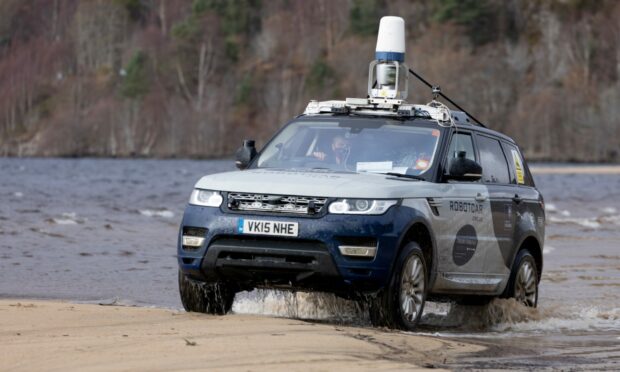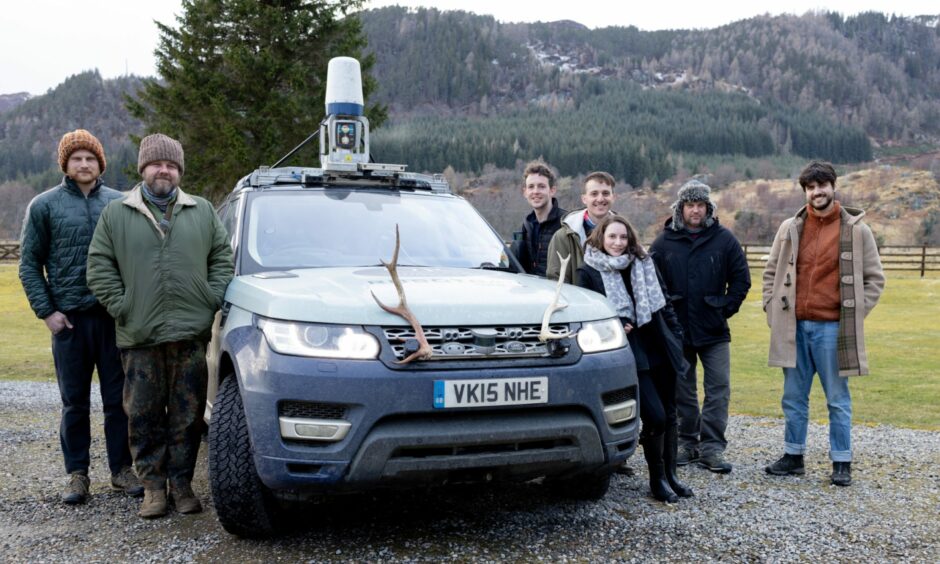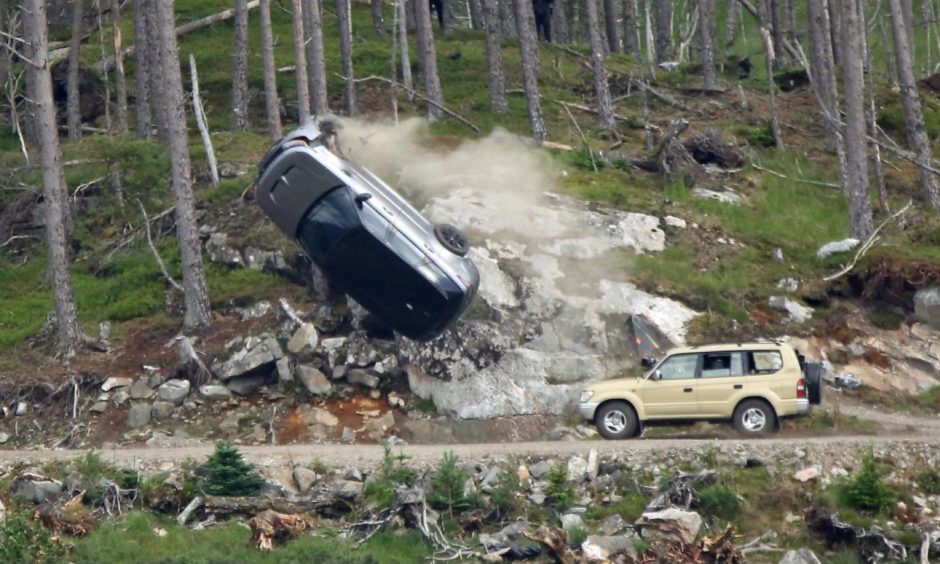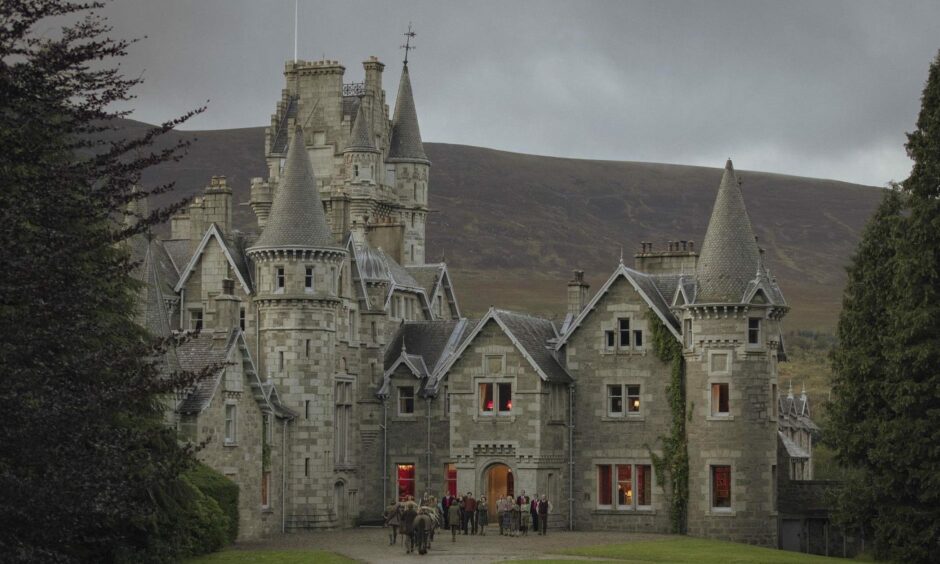Rough tracks on a famous Highland estate are being used to teach robots about the challenges of off-road driving.
The project will help make driverless vehicles of the future more reliable, wherever they go – from busy city streets to rain-lashed Scottish glens.
In a dramatic location, soon to feature in the latest James Bond movie, researchers from the Oxford Institute of Robotics (ORI) have been putting a Range Rover packed with sensors and cameras through its paces.
With expert local four-by-four drivers, they have been amassing data on routes around Ardverikie Estate, south of Newtonmore, which has also starred in TV hits Outlander, The Crown and Monarch of the Glen.
Part of Oxford University, ORI has been among research institutions leading the rapid development of technology for driverless, or ‘autonomous’ vehicles in recent years.
But, so far, most of the data needed to ‘train’ the robots that will drive them has been gathered in urban areas.
Oliver Bartlett, of ORI, said: “Nearly all the main driving data sets are in towns and cities and you can train your car to drive those.
“But, if you take them outside that environment, you’ve got no idea how they are going to perform.
We wanted to collect one data set that has the entire spectrum, so you can train it and also prove it works on motorways and in the Highlands, in cities and all these different places.”
Data gathering was carried out in daylight and darkness and in a typically Highland variety of weather. The Oxford team is planning a return visit to collect more.
‘Pesky’ Highland weather useful
Matthew Gadd, one of the researchers on the Sense-Assess-eXplain (SAX) project, said the conditions at Ardverikie offered a “unique opportunity” to carry out ‘robust sensing’ to train robots.
He continued: “The weather can be really pesky in how robots perceive the world.
“We went there three or four times and it was almost a different place entirely and that’s really useful information for us in terms of making our robots really robust in challenging weather.
When you are out and about in a car in the Highlands, it looks very different to the south of England and what the environment looks like is also useful for us.”
Driving on mud, gravel and other surfaces also helped to generate data to enable robot drivers to adapt their behaviour, just as their human counterpart would have to.
Mr Gadd said that, amid the mountainous landscape of the estate, which has more than 60 miles of tracks, the “feature rich” horizon was helpful to the research and “super important for the algorithms to log onto.”
He added: “A lot of the time we assume that the robot moves on a flat world, like a two-dimensional plane.
“All those assumptions just break down when you’re going up a scree, or down a muddy slope.”
Machines will drive like local experts
The ORI team worked with specialist off-road driving company Highland All Terrain, which is based at Kinloch Laggan, near Newtonmore.
Mr Bartlett added: “It was one of Highland All Terrain’s drivers who was doing all the driving for us.
“So, when we learn from the data, we’ll get expert annotation and teach the robot to drive like him – not like us.”
The SAX project is part of the Assuring Autonomy International Programme (AAIP), which is funded by the Lloyd’s Register Foundation. It is led by Professor Paul Newman and Dr Lars Kunze, of ORI.
A subsidiary of Oxford University’s Department of Engineering Science, ORI comprises collaborating and integrated groups of researchers, engineers and students dedicated to researching robotics, artificial intelligence, systems engineering, and other related fields.
The release of the movie, starring Daniel Craig in his final outing as secret agent 007, was delayed by the Covid-19 pandemic, but it is now due to open in UK cinemas at the end of September.
The estate’s scenery has also featured in the TV historical saga Outlander. The show’s world-wide popularity has drawn fans from around the globe to visit its Scottish locations
The 19th century Baronial manor was used to portray the Royal Family’s Aberdeenshire county retreat, Balmoral, with Oscar winner Olivia Colman playing the Queen and Gillian Anderson former Prime Minister Margaret Thatcher, in scenes filmed there.
It first found TV fame as the “big house” house of fictitious Glenbogle estate in the hugely popular BBC Sunday night series, Monarch of the Glen.
The show ran for seven seasons, from 2000, and starred Richard Briers, Susan Hampshire, former Dr Who Tom Baker, Alastair Mackenzie and Dawn Steele.
Adverikie has starred in a number of other films and television programmes.













